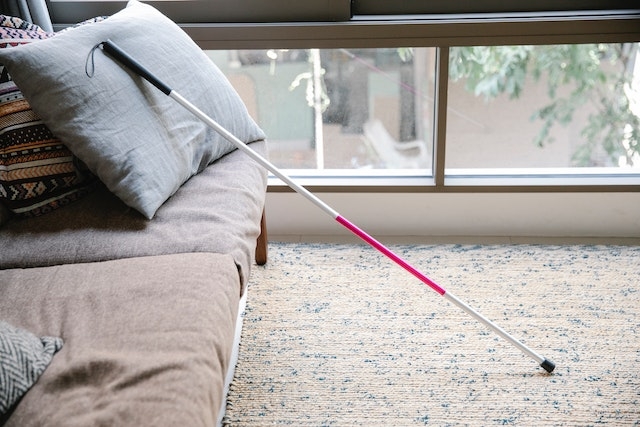When it comes to purchasing an area rug, budget considerations play a vital role in the decision-making process. Setting a budget involves carefully weighing various factors, including quality and cost trade-offs. Finding the perfect area rug that complements your space requires a thoughtful approach.
One crucial aspect to consider when setting a budget for an area rug is the desired quality. While high-quality rugs tend to be more durable and long-lasting, they often come with a higher price tag. Conversely, opting for lower-cost rugs might save you money initially but could result in sacrificing durability and overall aesthetic appeal.
Another factor to keep in mind is the size of the rug needed to match your space. It is essential to measure the area accurately before making any purchases. This ensures that the rug fits perfectly into your room and enhances its visual appeal without overpowering or underwhelming the existing décor.
Additionally, considering different materials and textures can significantly impact both the cost and appearance of an area rug. Rugs made from natural fibers such as wool or silk tend to be more expensive than synthetic alternatives like nylon or polyester. However, natural fiber rugs offer superior softness and luxuriousness that can elevate any room's ambiance.
Color coordination plays a vital role in matching an area rug with your existing décor. Selecting colors that harmonize with your furniture, walls, or other decorative pieces creates a cohesive look within your space. While bold or vibrant hues may add personality and make a statement, neutral tones provide versatility by easily complementing various design styles.
Pattern selection also affects how well the rug matches its surroundings. Subtle patterns or solid-colored rugs are versatile options that can adapt well to changing interior design trends over time. On the other hand, intricate patterns or bold prints may serve as focal points within a room but should be chosen thoughtfully to avoid overwhelming other elements.
Lastly, it is crucial not only to consider initial costs but also long-term maintenance expenses when setting your budget. Some rugs may require professional cleaning or special care, which can add to the overall cost over time. It is essential to balance the initial purchase price with ongoing maintenance expenses to make an informed decision.
In conclusion, setting a budget for purchasing an area rug involves several key considerations. Balancing quality and cost trade-offs is crucial in finding the right rug that matches your space perfectly. By carefully evaluating factors such as size, material, color coordination, pattern selection, and long-term maintenance costs, you can make a well-informed decision that enhances your room's aesthetic appeal while staying within your desired budget range.
When it comes to decorating your living space, one important element that often gets overlooked is the area rug. However, choosing the right area rug can have a significant impact on the overall look and feel of a room. It not only adds warmth and comfort but also ties all the elements together harmoniously. To ensure you make the right choice, here are some tips on how to match area rugs:
1. Consider the room's purpose: Before selecting an area rug, think about how the room will be used. Is it a high-traffic area like a hallway or a cozy sitting room? The purpose of the space will help determine the appropriate material and design for your rug.
2. Size matters: Determining the correct size of your area rug is crucial in achieving visual balance. A too-small rug can make a room appear disjointed, while an oversized one may overwhelm the space. Measure your furniture arrangement to ensure that at least the front legs of sofas and chairs can rest comfortably on the rug.
3. Harmonize colors and patterns: When selecting an area rug, consider existing colors and patterns in your room's décor. Choose a rug that complements these elements rather than competing with them. If you have bold-patterned furniture or wallpaper, opt for a more subtle design on your rug to maintain balance.
4. Create contrast: On the other hand, if your room lacks visual interest or feels monotonous, use an area rug to introduce contrast and texture. For example, if you have neutral-colored walls and furniture, consider adding a vibrant or patterned rug as a focal point.
5. Mix styles wisely: Mixing different design styles can create an eclectic and unique look; however, it requires careful consideration when choosing an area rug. Ensure that there is some commonality between various pieces in terms of color palette or design motifs to avoid creating visual chaos.
6. Maintenance matters: Lastly, don't forget to consider the maintenance requirements of your chosen rug. If you have pets or children, opt for a rug that is stain-resistant and easy to clean. Natural fiber rugs, while beautiful, may require more care and attention.
By following these tips, you can confidently select an area rug that enhances your room's aesthetic appeal, ties all the elements together seamlessly, and creates a cozy atmosphere. Remember, the right rug can truly transform a space and make it feel like home.

